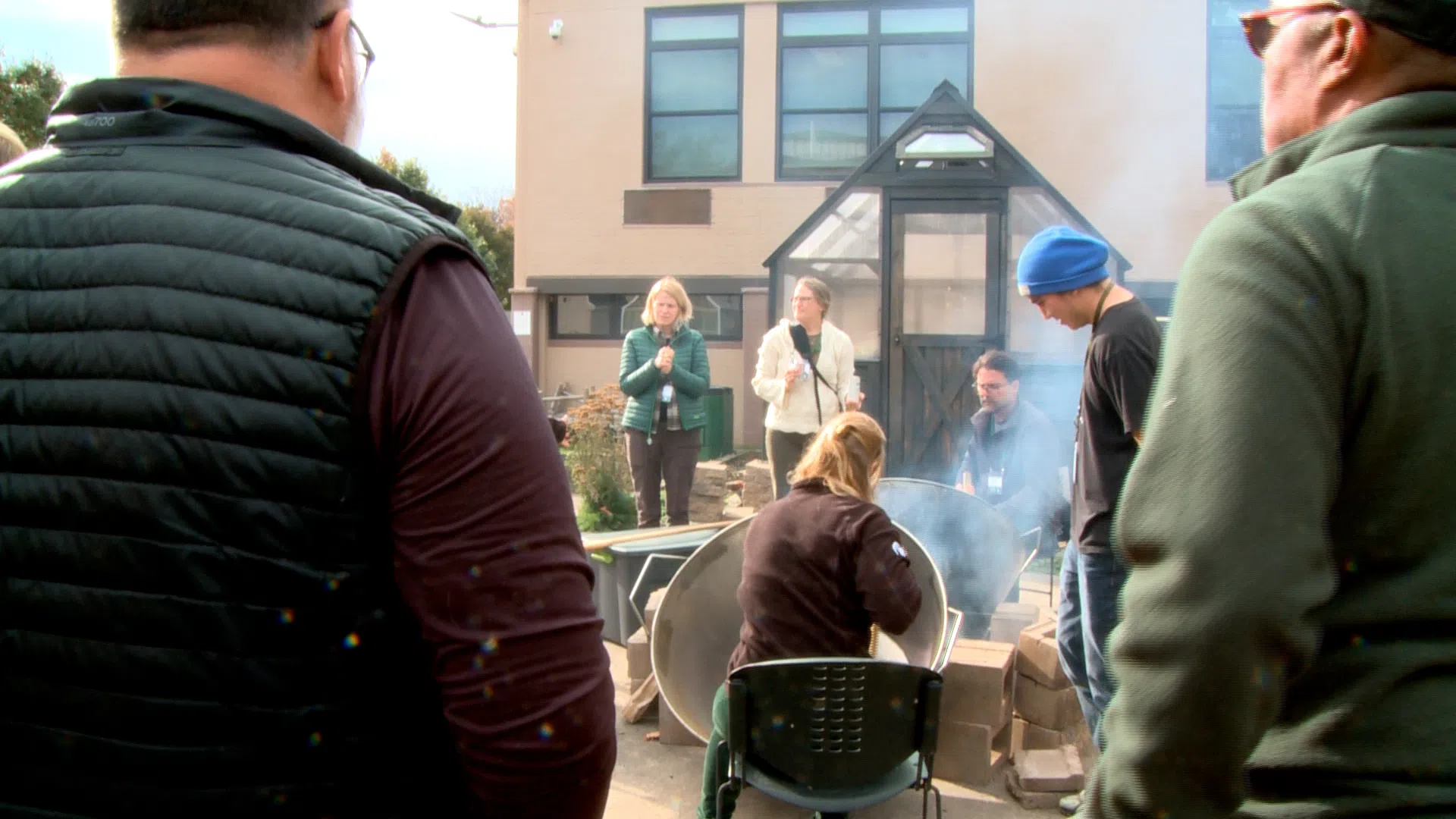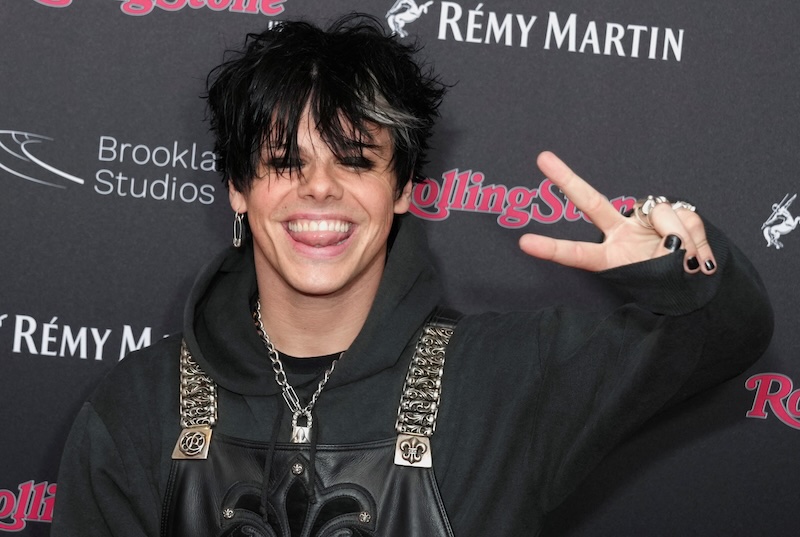The KBOCC campus in L’Anse was the sixth stop on a tour of northern Michigan and the upper peninsula for leaders of Michigan State University. As soon as visitors stepped off the bus, KBIC, and KBOCC staff shared how important manoomin is to native Americans in the great lakes. Sharing since 2017, the inter-tribal council, with assistance from state agencies, have started bringing back harvest grounds.
Wild rice is obviously a big part of the area that we have. It’s a big part of the tribe. So we thought it would be a really good experience for them not to just learn about wild rice and what is the cultural significance of it, but also to experience the different stages of processing wild rice. – Megan Haataja, Interim President and Dean of Academic Affairs, Keweenaw Bay Ojibwa Community College
Director of the Native American Institute at MSU Kevin Leonard connected the bus tour and Keweenaw Bay Ojibwa community college for the stop. He grew up in the eastern upper peninsula and is a member of the Sault Ste Marie Tribe of Chippewa Indians. He added that the opportunity was also his first time processing wild rice.
First year was last year that they did the bus tour and we visited Saginaw Chippewa Indian Community and now we’re here in the Keweenaw Bay Indian Community and at the Keweenaw Bay Ojibwe Community College and it’s just… I can’t, it’s hard to put into words how special it is. It really is something that I don’t think we have many other universities doing where they’re bringing such a large group of faculty staff into a community to learn about it. I can’t imagine anything but positive things coming from this. – Kevin Leaonard, Director, Native American Institute at MSU
Leonard adds opportunities to connect tribal college and institutions such as Michigan State University can open doors for other native Americans to access post-secondary education.
KBOCC, Bay Mills, SAGCHIPS, all those tribal colleges play a huge role, not just for all youth in this area of having access to college-level courses, but for our tribal youth, it’s hugely beneficial to be able to have a space that welcomes them, that represents them, that they feel that they belong in. And I think MSU is working to try to replicate spaces on our campus. – Kevin Leaonard, Director, Native American Institute at MSU
That’s in part because we expanded our tuition benefits to our Native American communities, including those in Canada, to try to look at Michigan State, give us a chance. So in order to do that, we have to understand those traditions and to make every student that comes to campus feel welcomed and to know that they belong at Michigan State. – Kevin Guskiewicz, University President, Michigan State University
When the bus tour comes to a stop in East Lansing, the group of leaders will gather for dinner. President Kevin Guskiewicz says he hopes faculty will take home ideas, lessons, and a new appreciation for how MSU can connect communities across the state.
the past three days is meant to them in terms of our commitment as a leading global public research university and we’re proudly public, we’re proudly inclusive and so it’ll be interesting to see but I know for me I feel a sense of responsibility if I had to put one word out there would be responsibility that we have to the people of Michigan to the Midwest and to solving some of the grand challenges of our time. – Kevin Guskiewicz, University President, Michigan State University










